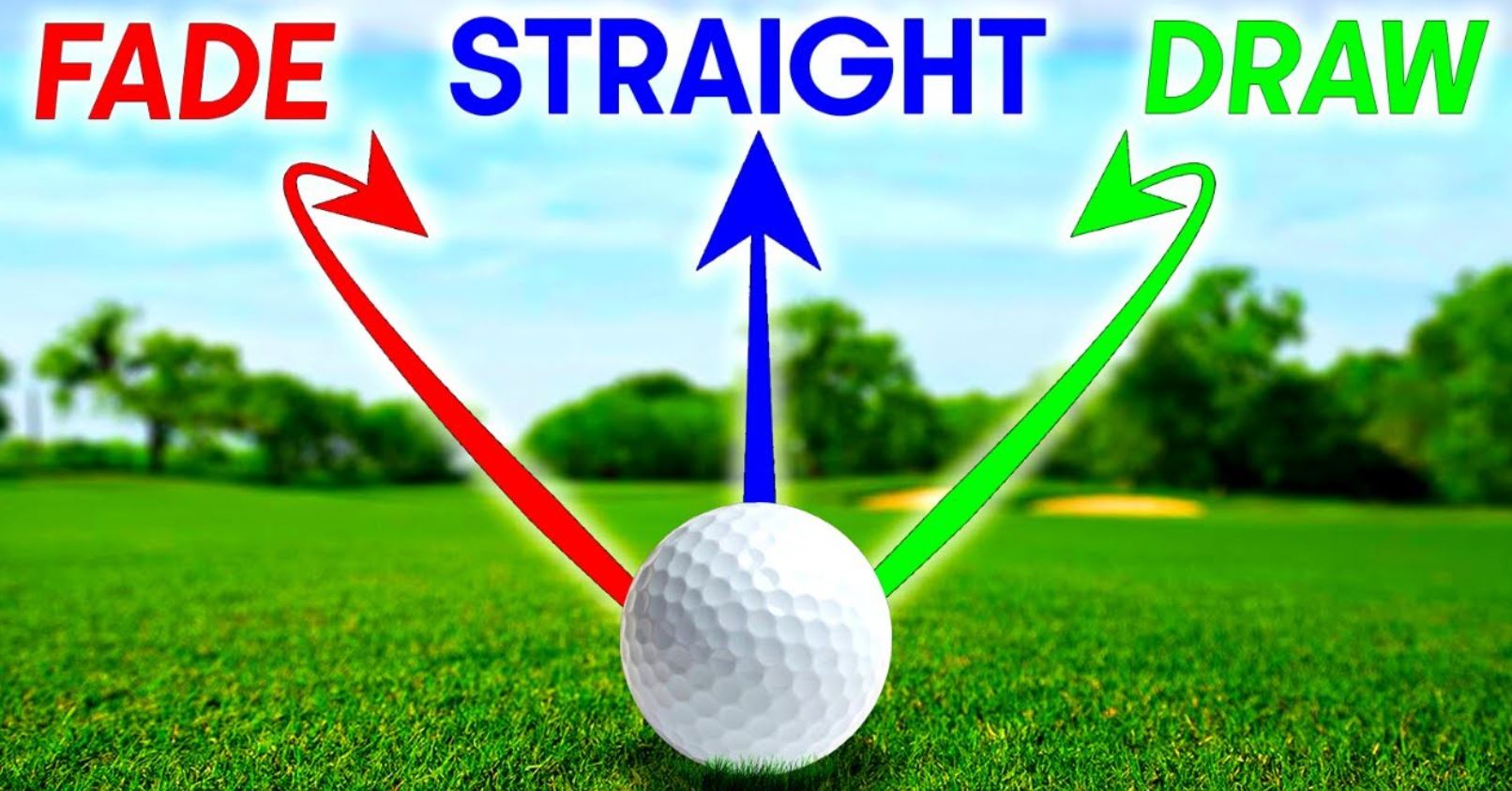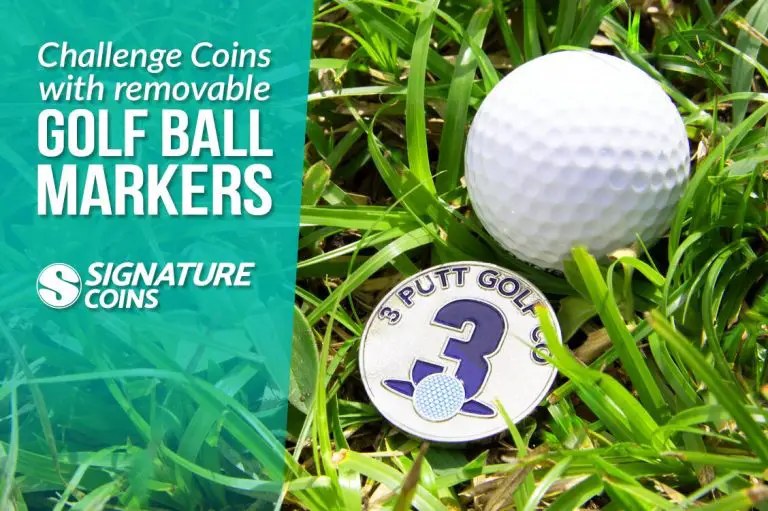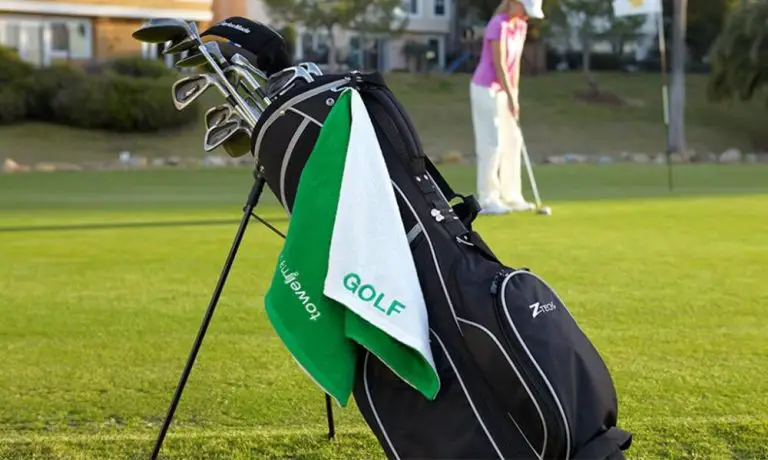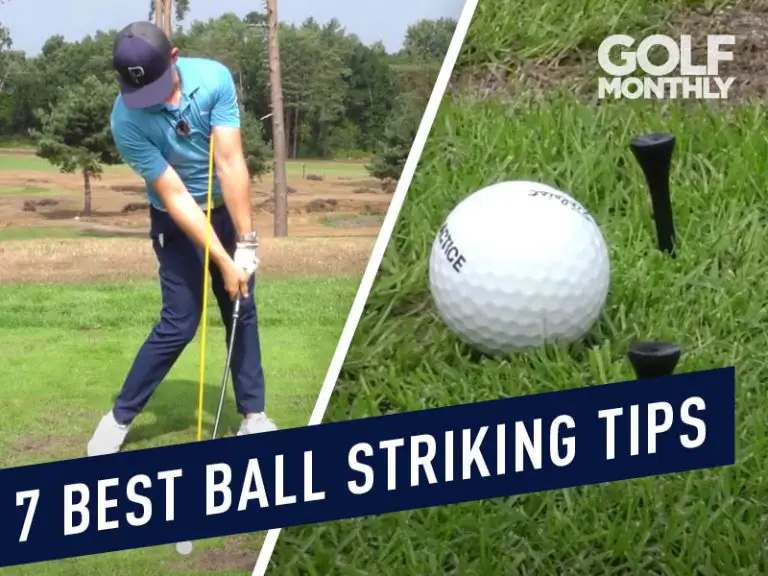What is a Golf Fade

In the world of golf, mastering different shot shapes is a mark of a skilled player. One such shot that golfers aspire to master is the golf fade. The fade shot, characterized by a gentle left-to-right ball flight (for right-handed golfers), is a versatile and controlled shot that adds precision and strategy to a golfer’s game. But what exactly is a golf fade, and how can it be executed effectively? In this article, we will dive into the intricacies of the golf fade, exploring its definition, key characteristics, execution techniques, and strategic advantages on the course. Whether you’re a seasoned golfer looking to refine your shot shaping skills or a beginner curious about expanding your repertoire, this article will provide you with valuable insights and practical tips to help you understand and execute the golf fade with confidence. So, grab your clubs and join us as we unravel the secrets of the golf fade and unlock new possibilities on the fairways and greens.

What is a golf fade?
A golf fade is a shot that curves gently from left to right for right-handed golfers (or right to left for left-handed golfers). It is a controlled shot that combines a slight slice spin with a controlled swing path. The result is a controlled and deliberate ball flight that can be advantageous in various situations on the golf course.
Characteristics of a golf fade
A golf fade is characterized by a gentle left-to-right ball flight (for right-handed golfers). It typically starts slightly left of the target and curves back to the right, landing softly on the intended target line. Compared to a draw shot (which curves in the opposite direction), a fade generally has less backspin and a shallower trajectory.
Executing a golf fade requires precise swing mechanics, clubface control, and an understanding of the ball flight laws. The key is to create a controlled slice spin that imparts a left-to-right movement on the ball without excessive sidespin or slicing.
How is a golf fade executed?
To execute a golf fade effectively, golfers must focus on specific elements of their setup, grip, swing mechanics, and body rotation. Let’s explore the key aspects involved in executing a golf fade shot.
Grip and setup for a fade shot
The grip is a crucial aspect of executing a golf fade. For right-handed golfers, a slightly stronger grip (rotating the hands to the right on the club) can promote a fade ball flight. This grip adjustment helps to ensure a square or slightly open clubface at impact, allowing the ball to start slightly left and then curve right.
In terms of setup, aligning the body and clubface slightly left of the target can help facilitate the left-to-right ball flight. Additionally, positioning the ball slightly forward in the stance and adopting a slightly open stance can further promote the desired fade shot shape.
Swing mechanics for a fade shot
Executing a golf fade requires precise swing mechanics to create the desired ball flight. The swing path should be slightly out-to-in (for right-handed golfers), cutting across the target line. This swing path imparts the left-to-right movement on the ball.
Maintaining good tempo and rhythm throughout the swing is essential. It’s important to avoid any excessive manipulation or forced movements that can compromise the consistency and accuracy of the shot.
Proper body rotation also plays a significant role in executing a golf fade. Rotating the upper body slightly open during the downswing while maintaining a stable lower body helps promote the desired swing path and clubface position at impact.
Why would a golfer use a fade shot?
The golf fade can be a valuable tool in a golfer’s arsenal, providing strategic advantages in certain situations on the course. Let’s explore why golfers might choose to use a fade shot.
Strategic advantages of a fade shot
- Avoiding obstacles: A fade shot can help golfers navigate around obstacles such as trees, bunkers, or doglegs. By intentionally curving the ball from left to right, golfers can shape their shots to avoid trouble and find more favorable positions on the fairway or green.
- Tight approach shots: On approach shots to the green, a fade can be advantageous when faced with a narrow landing area. By controlling the left-to-right movement, golfers can better position the ball to avoid hazards and land the ball softly on the green.
- Controlling trajectory and spin: A fade shot can offer control over trajectory and spin. The fade typically produces a slightly lower trajectory with less backspin compared to a straight shot or draw. This can be advantageous when trying to combat strong winds or firm greens.
- Enhancing shot diversity: Having the ability to shape shots adds diversity to a golfer’s game. The fade shot, when executed with precision, allows golfers to adapt to different course conditions and challenges. It adds versatility to shot selection and can help overcome specific course layouts.
Developing a golf fade
Becoming proficient in executing a golf fade requires practice, patience, and a willingness to refine your skills. Here are some tips to help you develop a reliable golf fade:
Practice drills for shaping a fade
To enhance your ability to shape a fade, incorporate specific practice drills into your training routine. These drills can focus on grip, setup, swing path, and clubface control. Here are a few examples:
- Alignment drills: Use alignment sticks or a target line on the driving range to practice aligning your body and clubface slightly left of the target. This helps develop the necessary alignment for a fade shot.
- Path drills: Place an object or alignment stick just outside the target line and practice swinging along that path. This helps develop the out-to-in swing path required for a fade shot.
- Clubface control drills: Utilize impact tape or foot spray on the clubface to monitor and adjust your clubface position at impact. This helps ensure a slightly open clubface to promote the desired fade spin.
Seeking professional guidance and feedback
Working with a golf instructor can provide valuable guidance and feedback on developing your golf fade. An instructor can assess your swing mechanics, offer personalized drills and exercises, and provide expert advice to help you refine your fade shot technique. Additionally, modern technology such as launch monitors or swing analysis software can provide detailed insights into your swing and help identify areas for improvement.
Remember, consistency and practice are key when developing any golf shot, including the fade. Regular practice, coupled with expert guidance, will enhance your ability to execute a controlled and accurate golf fade.
Common misconceptions about the golf fade
There are several misconceptions and myths surrounding the golf fade. Let’s address some common misconceptions to ensure a clear understanding:
Addressing common myths and misconceptions about fade shots
- Fade vs. slice: Many golfers confuse a fade with a slice. While a slice is an uncontrollable shot that veers severely to the right (for right-handed golfers), a fade is a controlled and intentional shot that follows a gentle left-to-right curve. The key distinction lies in the amount of control and consistency with which the shot is executed.
- Difficulty and control: Some golfers perceive the fade as a difficult shot to execute and control. While shot shaping requires practice and skill, a well-executed fade can be as controlled and accurate as any other shot. With proper technique and practice, golfers can develop confidence and consistency in shaping their fades.
Understanding the difference between a fade and a slice, as well as dispelling misconceptions about the difficulty and control of fade shots, is essential for golfers seeking to refine their shot shaping abilities.
Alternative shot shapes in golf
Beyond the fade, there are other shot shapes that golfers can explore. One notable alternative is the draw. While the fade curves gently from left to right, the draw shot shapes from right to left (for right-handed golfers). The draw can offer its own strategic advantages and is worth exploring to expand your shot repertoire.
Conclusion
The golf fade is a valuable shot that allows golfers to navigate obstacles, control trajectory, and enhance shot diversity. By understanding the key elements of executing a fade shot, practicing specific drills, seeking professional guidance, and dispelling misconceptions, golfers can develop the skills needed to shape their shots with intention and precision.
Remember, shot shaping takes time and practice to master. Embrace the challenge, experiment with different shot shapes, and enjoy the process of expanding your skills on the golf course. With dedication and persistence, the golf fade can become a powerful tool in your golfing arsenal.





